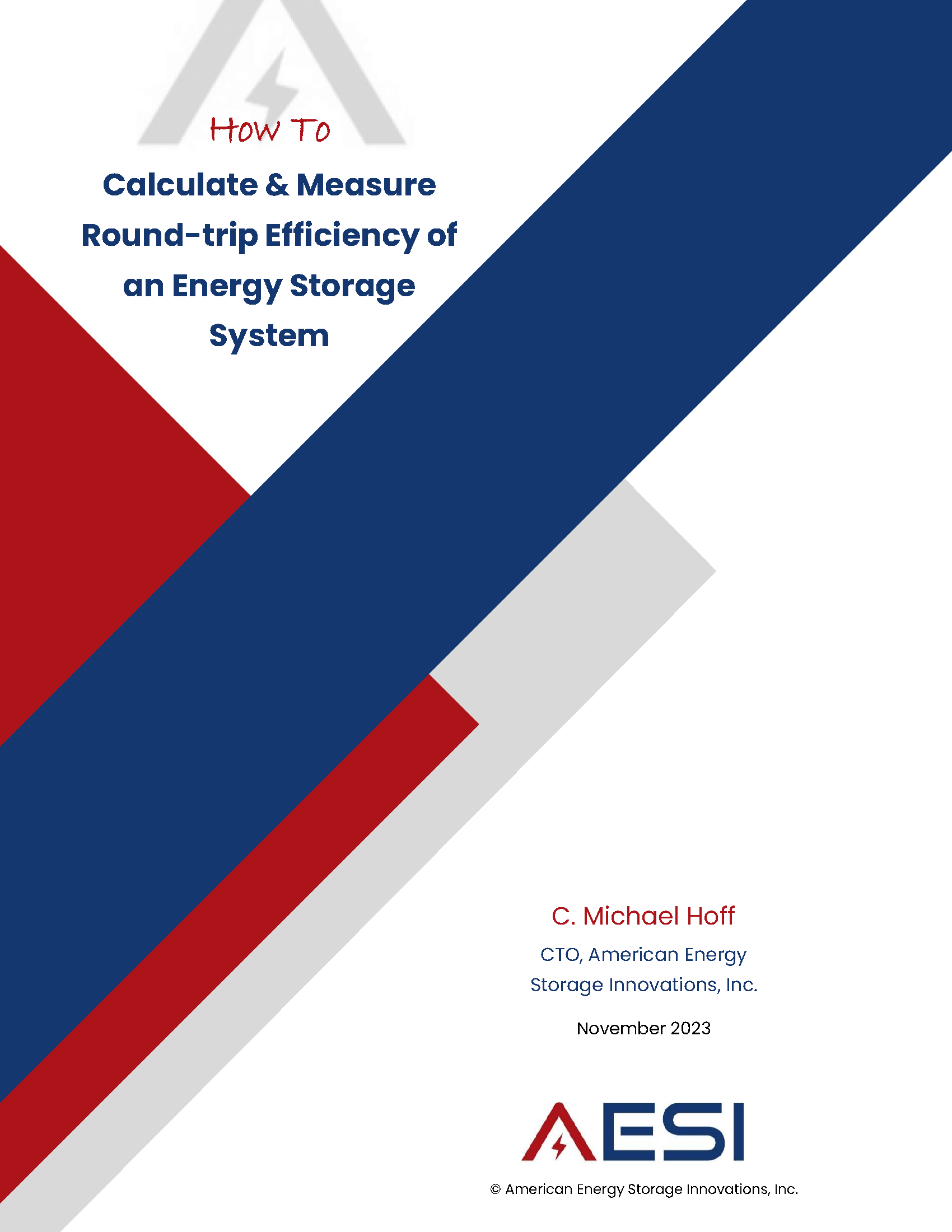DNV Business Assurance Certifies American Energy Storage Innovations to ISO 9001, 14001 and 45001
DNV Business Assurance Certifies American Energy Storage Innovations to ISO 9001, 14001 and 45001
Efficiency is the yardstick by which we measure how effectively a battery energy storage system (BESS) converts input energy into useful “work” or output. This concept is akin to evaluating the gas mileage of a car – it tells us how far we can go on a gallon of fuel. However, in the complex world of energy storage, efficiency is not a fixed value; it’s a dynamic metric influenced by various factors.
A BESS includes many components (each with its own efficiency) — power conversion, wires, cells, fuses, controls, etc. — and those subsystems (and how well they work together) have a cumulative effect on the efficiency of the overall system.
Given the number of parts to a typical grid-scale BESS, small losses throughout the system can add up to a much bigger overall total than one might guess. Efficiency improvements impact operating costs; just a one percent increase in efficiency can save a lot of money.
Download this new white paper to learn how to complete a financial impact analysis.



